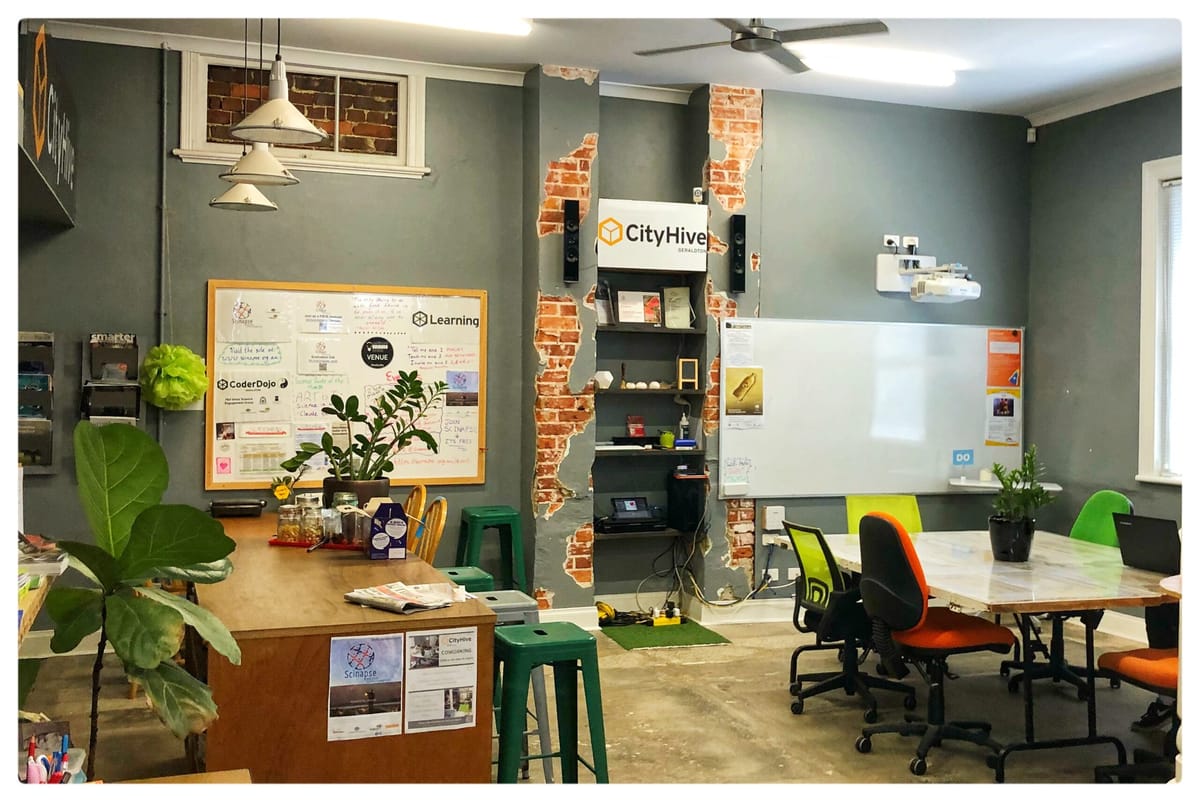Strengthening regional innovation systems

In early March 2018, the Western Australian Government launched its New Industries Fund to ‘support venture creation and accelerate business growth to diversify the Western Australian (WA) economy and create new jobs’. A part of this fund is allocated to regional communities.
I have been commissioned to assist in working with the regions to identify how they can use these funds to build the capacity of a regional innovation system.
New Industries Fund
The New Industries Fund provides A$16.7 million over fours years to support and grow local jobs by building on WA’s competitive advantages in sectors such as agribusiness, life sciences, tourism, resources, education and training, space, defence, digital data, and cyber-security.
Within the nine regions, A$4.5 million has been allocated to ‘optimise state wide economic outcomes’ through a sub-program known as the Regional New Industries Fund.
This fund aims to catalyse WA’s competitiveness by building entrepreneurial, innovation and commercialisation capabilities in the regions. It supports new, growth-oriented businesses to contribute to the creation of sustainable regional economies that generate new jobs and industries.
The regional fund’s objectives are to:
- Support business venture creation and small to medium enterprises (SMEs) to grow;
- Support transformation of mature industries and economic diversification;
- Develop business venture opportunities in international markets;
- Support Aboriginal business development; and
- Promote co-investment opportunities between business, government and other organisations.
Four pillars frame the program’s support for regional innovation:
Pillar 1: Talent, skills and entrepreneurship: A sustainable innovation environment requires the right people with the right skills. Western Australia needs to develop, attract and retain the right people.
Pillar 2: Investment and infrastructure: Infrastructure and capital are important to innovation to enable the collaboration necessary for start-ups, emerging businesses and SMEs to grow, commercialise and create jobs.
Pillar 3: Culture and collaboration: Western Australia has significant human, natural and infrastructure assets. By fostering the right culture and facilitating collaboration, the State Government can maximise their value.
Pillar 4: Marketing and promotion: Raising the state’s profile on the global stage is essential. Leveraging the state’s brand will allow Western Australia’s strengths to become synonymous with innovation, and for critical global networks to be forged.
Building better regional innovation systems
I am presenting and facilitating a series of workshops in the regional centres on the fund and how it can be used to business better regional innovation systems.
This presentation is available here.
Here are the key messages from my presentation.
Businesses innovate
While governments and community organisations contribute to improving the conditions for innovation and encourage innovation, it is business owners and managers who invest in changing their products, services or business models to become more competitive. Alternatively, it is entrepreneurs who bring a new idea to market. While governments can also innovate––what is generally known as ‘social innovation’––the innovations that lead to job creation and economic growth are undertaken by the private sector.
Innovation contributes to economic growth
There is a direct link between innovation and the economic growth of a region. Through innovation, local businesses become more competitive, more productive and more profitable. Their expansion leads to more local jobs, often demanding higher-skilled, better-paid workers. This is why innovation is so interesting to national, state and local governments.
Where innovation occurs in those businesses that are competing in national and global markets, the rewards of innovation are greater. These businesses bring in more investment into the region, either through sales or business investments, which grow the size of the local and regional economy.
Innovation involves more than start-ups
While current trends emphasise the role of new entrepreneurial start-up and the disruptive innovation ‘leaps’ these promise, most innovation is done by existing businesses. So, focusing on start-ups is too narrow. While these actors should not be ignored, regions should consider their current economic base; existing businesses are key assets that cannot be overlooked in the search for start-ups.
Different places have different priorities
There is no single blueprint for a regional innovation system. Different places have different priorities for improving their innovation system. Indeed, one of the dangers of relying only on a mapping of the innovation ecosystem in regions is that it encourages a ‘jig-saw mentality’: where we look for the missing pieces, rather than focusing on the systems and markets in which innovations occur.
Create enabling environments
Enabling local business environments are critical for innovation. However, inflexible, outdated and cumbersome planning procedures and regulatory regimes can unnecessarily hinder innovation by local businesses. See my recent posts on this topic.
Build a culture of innovation
Regions can build a culture of innovation where innovators and entrepreneurs are recognised and celebrated, and where social programs and services are used to stimulate new ideas and local collaboration.
Improve synergies across all levels of government
The public sector has a key role to play. In Australia, the federal, state and local governments can coordinate their efforts within a regional setting and take a comprehensive approach, which plays to the strengths and mandates of each level of government. These public actors can work with the private sector in strategic partnerships that nurture business innovation.


